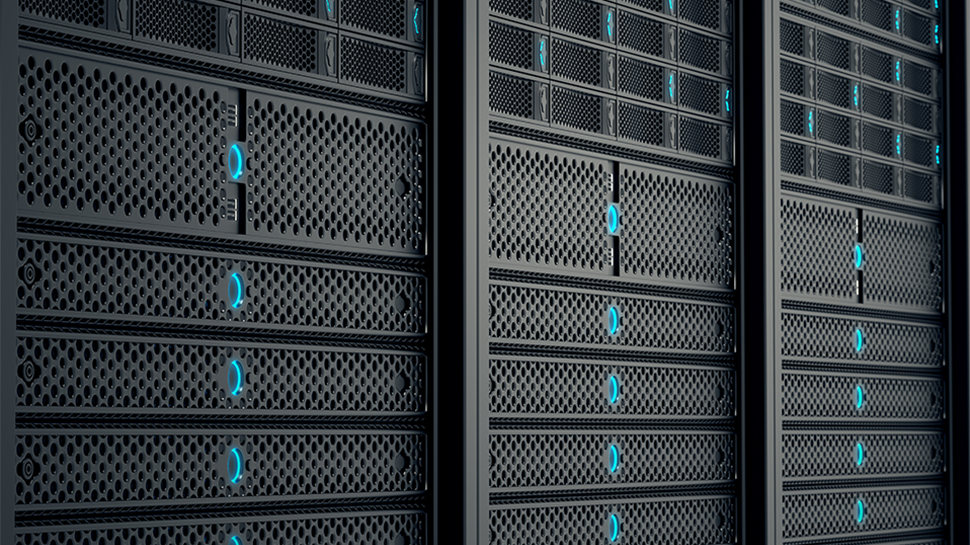Although inflation may be slowing, folks are still feeling the squeeze of high prices for everything from groceries to gas. Increased costs have also hit utilities like heating and cooling, with the consumer price index for energy costs increasing by about one-third since 2020.
High utility bills become an even bigger problem in winter when many parts of the country must heat their homes continuously for several months, and in high summer when the air conditioning comes on.
If you're worried about paying your energy bills this winter, you're not alone. A CNET survey found 78% of US adults said they were worried about energy costs, with 32% relying on borrowing or payment plans to afford them.
Federal programs like LIHEAP, WAP and other utility bill assistance programs can provide relief to those who qualify. Here's how you can get help paying your gas or electric bill, access free energy efficiency upgrades and protect your household from utility shutoffs this winter.
What is LIHEAP?
Low-Income Home Energy Assistance Program is a federally funded program that helps households who qualify based on income or other criteria keep their homes warm in winter and cool in summer.
"LIHEAP has served as a lifeline for low-income communities and communities of color, who face disproportionate energy burdens. It's designed to help residents reduce their energy bills to an affordable cost," said Caleb Smith, resiliency coordinator with Manhattan-based nonprofit WE ACT for Environmental Justice.
That energy burden is significantly greater: Low-income households spend 14% of income on average on heating and cooling costs, compared with just 3% for households that are not low-income. The program is generally available to households who earn 150% or less of the federal poverty guidelines are eligible, but there are some variations state-by-state, so check with your state.
This federally funded program has its roots in the energy crisis of the early 1970s when an OPEC embargo caused fuel availability to plummet and prices to spike. States responded with assistance programs to help low-income households heat their homes in winter. By 1981, when LIHEAP was officially enacted by the US Congress, the program had been expanded to include funding for medically necessary cooling costs as well.
LIHEAP received around $4 billion in funding for 2024, but Smith pointed out that this falls far short of what's needed to reduce the disproportional energy burden on low-income households, especially as the need for cooling in summer increases along with extreme heat driven by climate change.
"In 2024, over 130 million people in the US experienced emergency-level heat waves all at one time, with no proportional response in terms of government funding to match the scale and urgency," they said. "Because the funding need is so high in the winter, we only get three or four percent allocated for cooling costs each year."
What is the Weatherization Assistance Program?
The Weatherization Assistance Program is administered by the US Department of Energy and has been in place since 1976. An estimated 7.2 million US households have received weatherization services through the program since then, with around 35,000 households accessing benefits each year. WAP funds are distributed to states, territories, tribal governments and the District of Columbia, which contract with more than 700 local weatherization providers.
"WAP supports low-income households with repairs and upgrades to the home that improve things like temperature control, indoor air quality, energy and energy efficiency," said Smith. "Weatherization improvements and upgrades can save around $372 per year."
Those savings are highest in the winter, according to the Office of State and Community Energy Programs. Weatherization efforts can result in 18% savings on heating costs and 7% in electric savings annually for participating households.
Those who receive Supplemental Security Income (SSI) or earn at or below 200% of the federal poverty level are eligible for WAP. Renters may be able to access program benefits via their landlords.
Qualifying households receive a home energy audit through the WAP program. The auditor will assess your home or living space, and then make cost-effective recommendations to make your home more energy efficient. Improvements, like sealing cracks or adding insulation, will be paid for with WAP funds.
How can I find utility bill assistance in my state?
You don't apply to LIHEAP or WAP directly from the federal government. Instead, state governments administer these and other assistance programs you may qualify for.
You can also check with your local, state or county department of health, social services or community affairs for other assistance programs in your area. Your state's public utility commission may also have useful information and resources.
LIHEAP
Depending on which state you live in, LIHEAP funds can help you pay home energy bills, get assistance repairing or replacing HVAC equipment, access crisis assistance if utilities are in danger of being shut off or receive disaster support.
Use the LIHEAP Clearinghouse website to find out if you qualify and learn how to apply for assistance in your state. Note that states may only accept LIHEAP applications during certain periods of the year.
WAP
Although WAP is funded through the Department of Energy, you must apply for program support through your state's weatherization administrator. Use the Weatherization Assistance Program's map tool to find out how to apply in your state.
Utility assistance programs
In addition to federally funded programs, many gas and electric utilities offer payment plans, assistance programs, shutoff prevention programs or grants that can lower energy bills for qualifying households. Contact your local utility or check their website for more information.
Disconnect policies
Many states have policies in place to prevent utility shut-offs during certain times of the year. You can check your state's policies and relevant contact information at the LIHEAP Clearinghouse.
Other benefits
You may qualify for support from other federal benefit programs that can help your household pay for basic needs. Use the Benefit Finder tool to find out if you're eligible and to apply.









 English (US) ·
English (US) ·